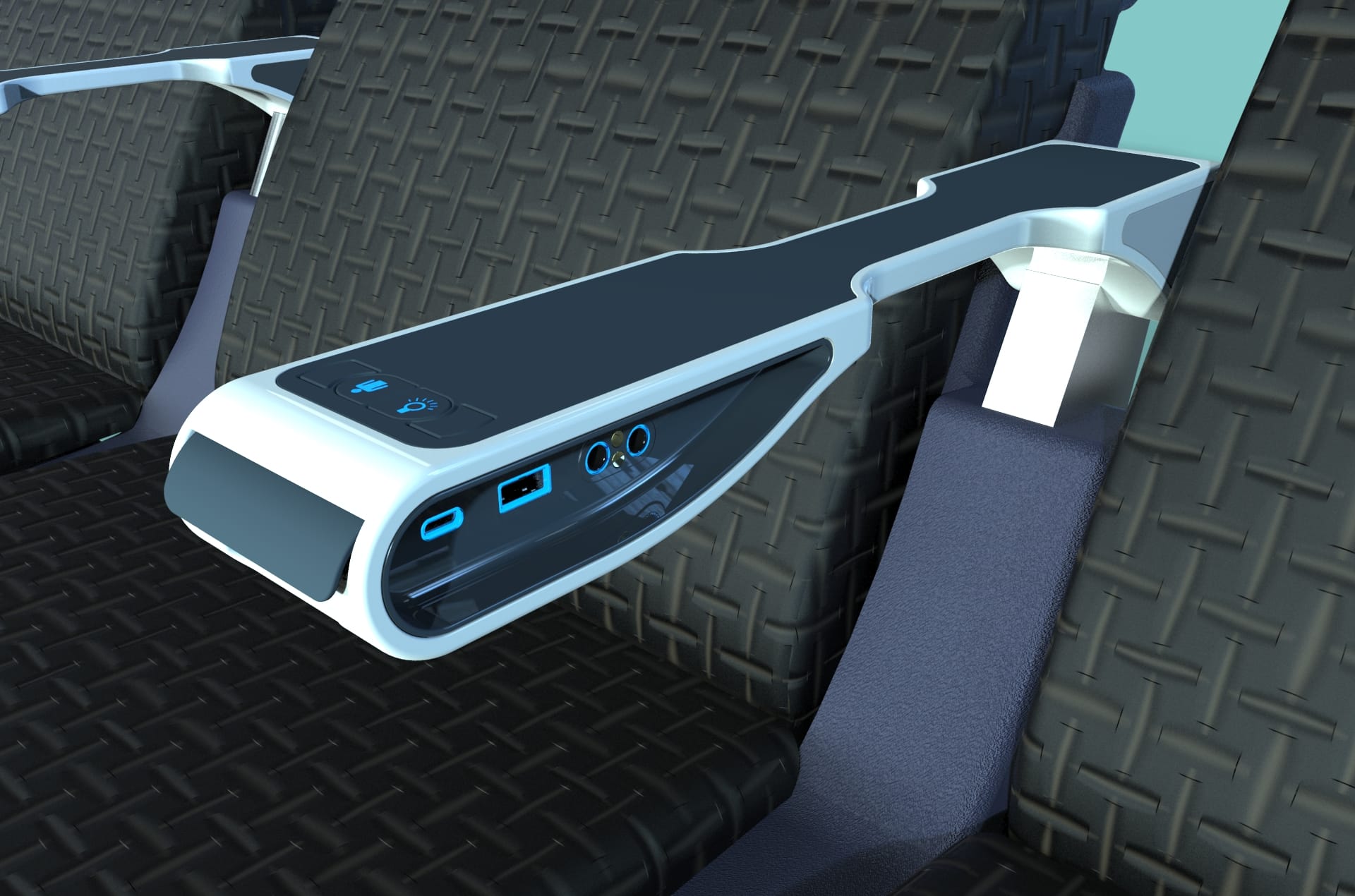IFPL’s New Solutions Help Airlines “C” the Future
Share

IFPL has developed a reversible USB-A and USB-C combination outlet called 2030, to help airlines adapt to USB-C, which is becoming the standard for consumer devices. A different shape from the USB-A, the USB-C connector can deliver up to 3A 5V DC power in comparison to the USB-A’s 2A 5V DC, and also enables USB power delivery.
“This standard can provide up to 100 watts of power through the USB Type C connector,” explained David Thomas, IFPL’s vice-president of Business Development. “The aviation industry has been in discussion, and is currently suggesting a limit on this to 60 watts on aircraft. However, this has the ability to charge more hungry devices like laptops.”
“This standard can provide up to 100 watts of power through the USB Type C connector.” – David Thomas, IFPL
There is also a data variant of the 2030 connector, which uses USB C 3.1 to allow for data transfer speeds of up to 10 Gbps, enough for personal electronic devices to communicate with an in-flight entertainment system. Elsewhere, IFPL’s new Rapid Fit USB-C outlet allows for a 30-second replacement in the event of failure by undoing one hex screw. The outlet consists of a cassette that houses the USB-C connector, while the expensive electronics are kept at the rear.
Finally, the company showcased a new inductive charging unit at APEX EXPO. While there’s more space for the product in first- and business-class cabins, Thomas explains, the technology can be located on the economy tray table. The product is a response to the launch of Apple’s iPhone 8, iPhone 8 Plus and iPhone X, which bring wireless charging to a broader market. “Airlines may face disappointed customers if they don’t upgrade their onboard charging platforms,” Thomas said.


